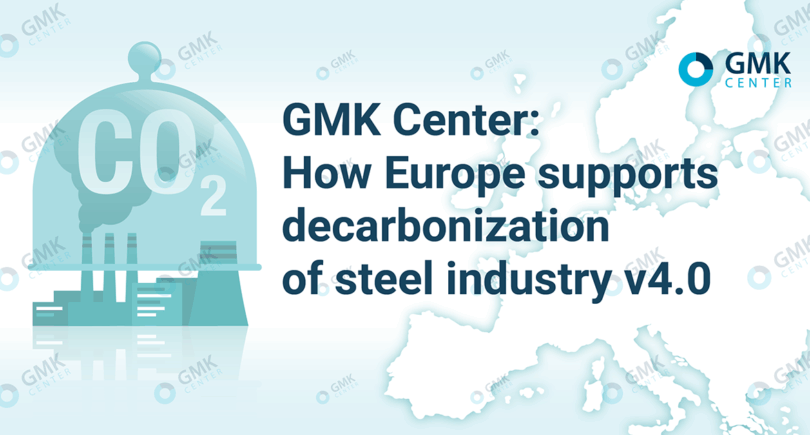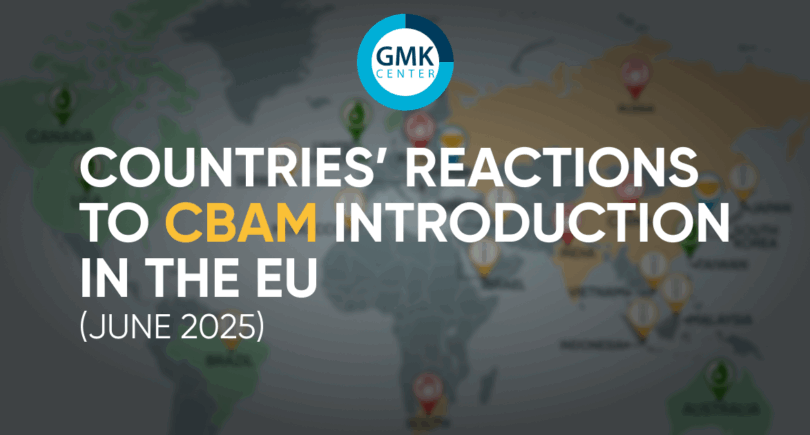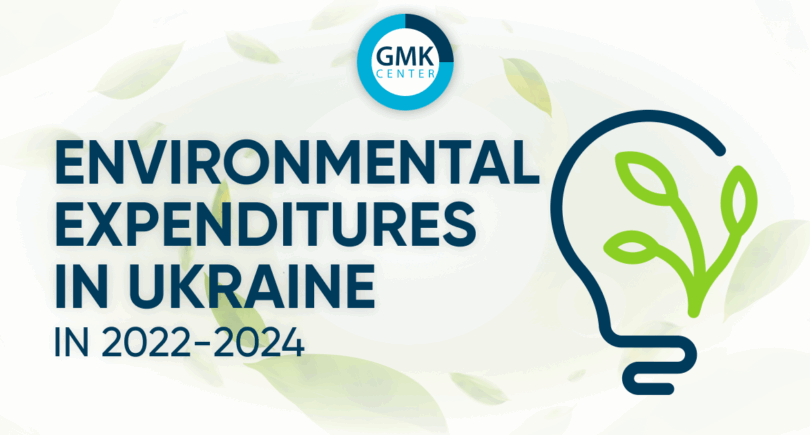
Infographics Ferrexpo 1178 02 April 2025
Priority decarbonization measures include transitioning to biofuel in pelletizing, eliminating fossil fuels, and electrifying mining vehicles
In 2023, Ferrexpo reduced the carbon intensity of pellet production (Scope 1 + 2) by 32% compared to the 2019 baseline. The company has set a mid-term target of a 50% reduction by 2030 and aims to achieve net zero emissions (Scope 1 + 2) by 2050.
Ferrexpo has already identified key projects that will drive the majority of its carbon emissions reductions, including:
- Transitioning to biofuel in the pelletizing process
- Phasing out fossil fuels from its energy mix
- Electrifying mining vehicles and equipment
- Introducing hydrogen-fueled (lower carbon-fueled) barges.
These measures form the core of the company’s Net Zero strategy, contributing 90% of potential emissions savings, with the top three measures alone accounting for 82% of the reductions.
Biofuel transition in pelletizing is the most impactful emissions-saving measure, requiring investments in biofuel sourcing and the integration of biofuel systems into operations.
Electrifying mining vehicles was identified as the quickest and easiest measure to implement. This will involve working with suppliers to source electric vehicle technologies suited for mining conditions, along with developing charging infrastructure.
Eliminating fossil fuels from the energy mix remains a top priority, with transition planning already in progress. Electrifying mining equipment and introduction of hydrogen-powered barges may each contribute smaller potential savings, but they remain essential in achieving cumulative goals.
According to Ferrexpo’s Climate Change Report (December 2022), achieving net zero will require $3.3 bln in capital expenditures (CAPEX). Approximately two-thirds of this investment should be allocated to renewable power generation and storage.




